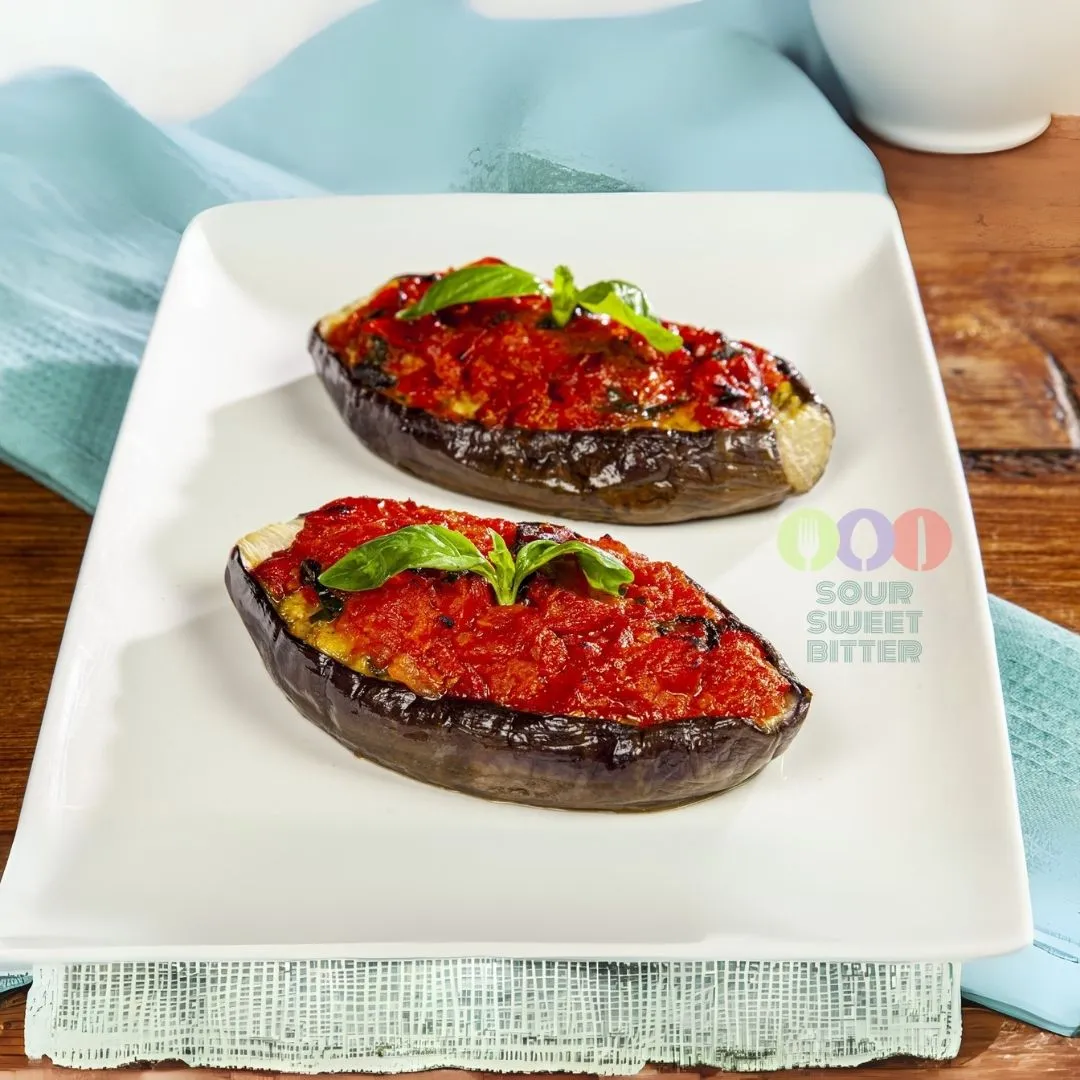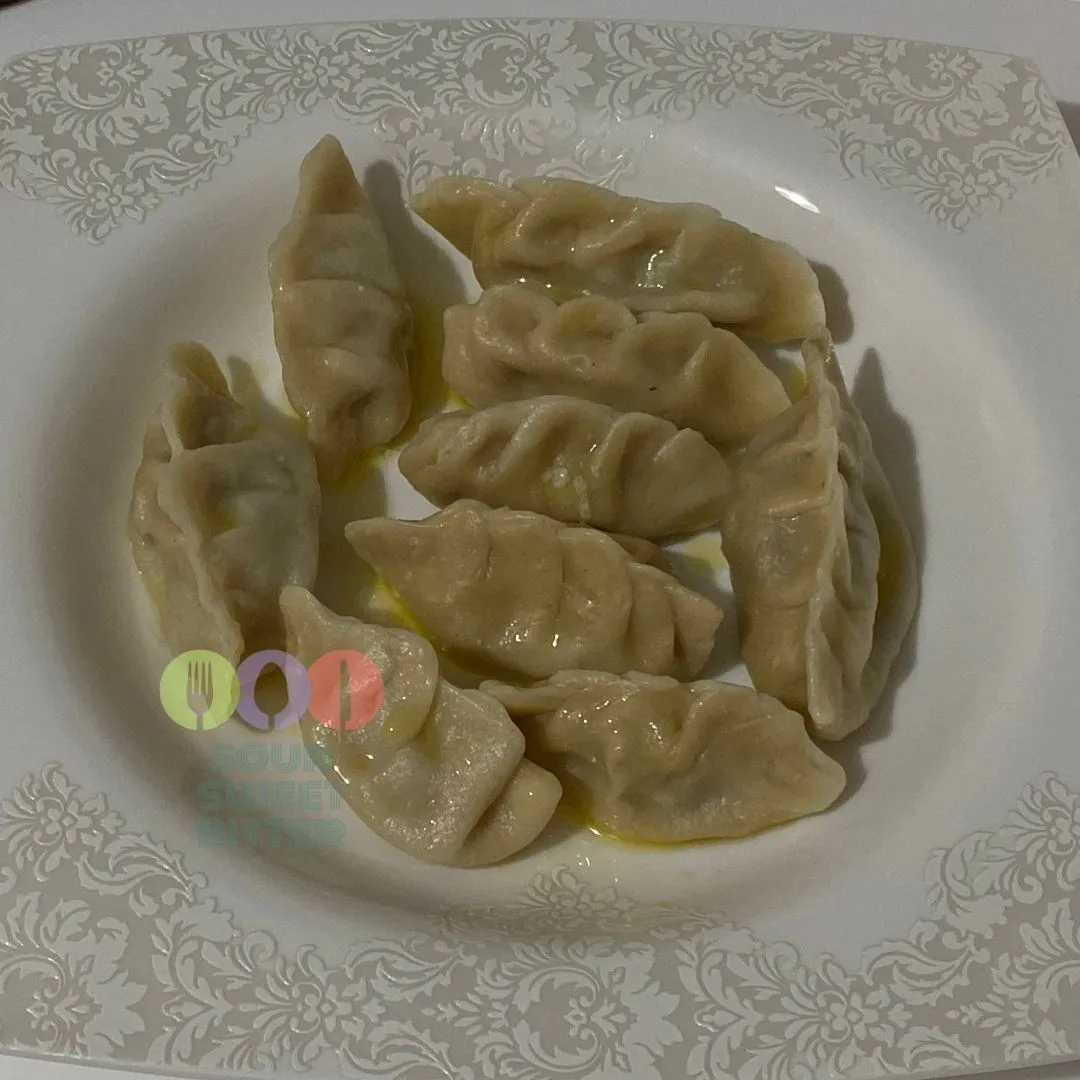The Rich History and Tradition of Spanish Pisto
Pisto, often referred to as the Spanish ratatouille, is a traditional Spanish dish deeply rooted in the agricultural heritage of Spain. Its origins trace back to the regions of Castilla-La Mancha and Andalusia, where farmers prepared it using the freshest vegetables from their harvest. Over time, it became a staple across Spain, enjoyed in homes and restaurants alike.
The Origins of Pisto: A Dish Born from Tradition
Pisto, often referred to as the Spanish ratatouille, is a traditional Spanish dish deeply rooted in the agricultural heritage of Spain. Farmers from the regions of Castilla-La Mancha and Andalusia prepared it using the freshest vegetables from their harvest. Over time, it became a staple across Spain, enjoyed in homes and restaurants alike.
A Mediterranean Masterpiece: The Ingredients That Make Pisto Unique
At its core, pisto is a simple yet flavorful dish made with a vibrant mix of Mediterranean vegetables. The classic recipe includes:
- Tomatoes: The foundation of the dish, providing a rich and slightly sweet base.
- Peppers: A mix of red and green bell peppers adds depth and sweetness.
- Zucchini: Brings a tender, melt-in-your-mouth texture.
- Onions: Adds a subtle sharpness that balances the sweetness of the other ingredients.
- Garlic: Enhances the overall aroma and taste.
- Olive oil: A crucial component that enriches the dish with its smooth, velvety essence.
Some variations include eggplants, potatoes, or even chorizo, but the essence remains the same—a slow-cooked, comforting medley of vegetables.
How Pisto Became a Symbol of Spanish Gastronomy
Pisto is more than just a dish; it’s a cultural emblem. It showcases the essence of Spanish home cooking, where simplicity meets bold flavors. Traditionally, people prepared it in large quantities to make use of seasonal produce, ensuring nothing went to waste. Today, it remains a beloved dish, often served as a tapa, main course, or side dish alongside meats and fish.
Traditional Ways to Serve and Enjoy Pisto
One of the most iconic ways to enjoy pisto is “Pisto con Huevo,” where a fried or poached egg is placed on top, allowing the rich yolk to mingle with the stewed vegetables. Other common ways to serve it include:
- With crusty bread: Perfect for soaking up the flavorful sauce.
- As a filling for empanadas or pastries: A delicious twist on a Spanish classic.
- Alongside grilled meats or fish: A perfect pairing for a balanced meal.
- Cold or hot: While traditionally served warm, pisto can also be enjoyed cold as a refreshing summer dish.
The Perfect Pairing: What to Drink with Pisto
To elevate your pisto experience, consider pairing it with a light-bodied Spanish red wine, such as a young Tempranillo or Garnacha. For a more refreshing touch, a crisp white wine like Verdejo or Albariño also complements the dish beautifully.
Pisto vs. Ratatouille: What Sets Them Apart?
While pisto and the French ratatouille share similar ingredients, their preparation methods and flavors differ. Cooks typically prepare pisto longer, allowing the vegetables to fully break down into a soft, almost jam-like consistency, whereas ratatouille retains more texture. Additionally, pisto relies heavily on Spanish olive oil and sometimes includes smoked paprika, giving it a distinct Iberian flair.
Cooking Tips for the Perfect Pisto
If you want to create the most authentic pisto at home, keep these tips in mind:
- Use high-quality olive oil: This is the heart of the dish, so choose extra virgin olive oil for the best results.
- Slow cook for deeper flavor: Let the vegetables stew slowly to achieve a rich, harmonious taste.
- Adjust seasoning carefully: A pinch of salt and a touch of sugar can help balance the acidity of the tomatoes.
- Experiment with herbs: Traditional pisto keeps it simple, but adding a bit of thyme or bay leaf can enhance its complexity.
Pisto: A Timeless Spanish Treasure
From its humble beginnings in the Spanish countryside to its place as a cherished dish in Spanish cuisine, pisto remains a celebration of fresh, seasonal ingredients and the beauty of slow cooking. Whether enjoyed in a rustic village tavern or a modern Spanish kitchen, its warm, hearty flavors continue to captivate food lovers worldwide. If you haven’t tried it yet, now is the perfect time to bring a taste of Spain into your home!
Discover Traditional Spanish Recipes Discover Traditional Recipes from EuropeIngredients
Instructions
-
Wash the vegetables. Chop them in “brunoise” (small dices), of similar size. The garlic clove, finely chopped.
-
In a casserole or in a high frying pan, pour a layer of extra virgin olive oil and heat it. When it gets hot, add the onion and fry it. Then add the garlic and the peppers. Mix well.
-
Salt to taste, and add a good splash of white wine. At this point, cover the casserole, lower the heat to low and cook for 30 minutes.
-
The next step is to add the zucchini. Mix again, cover and continue cooking for another 20 minutes. Over low heat, but with a continuous “chup chup chup”.
-
Cut the tomatoes into cubes, crush them with the blender and add them to the rest of the vegetables.
-
Mix, add salt if necessary and cook for 20 minutes more (with the casserole covered).
-
Your traditional Pisto is ready. ¡Buen Provecho!













